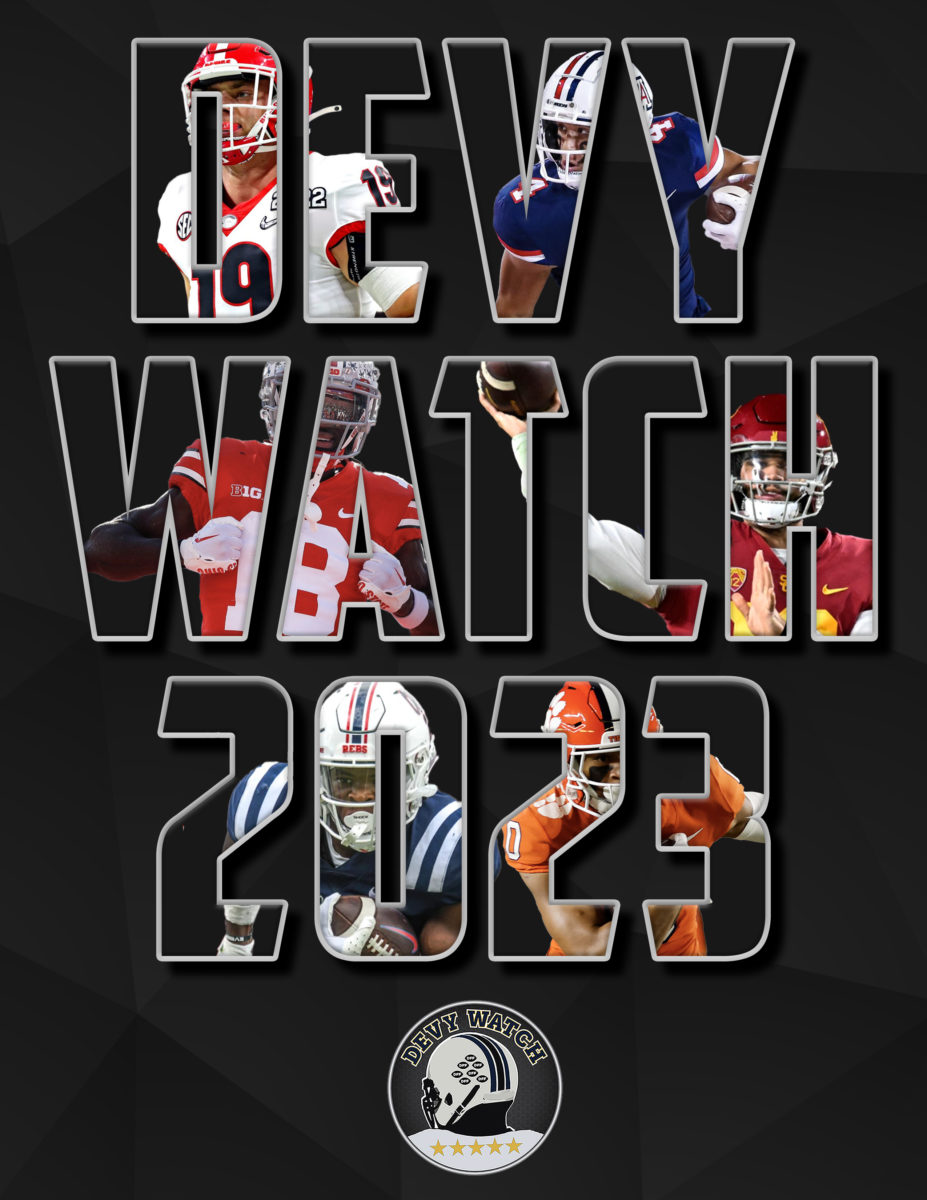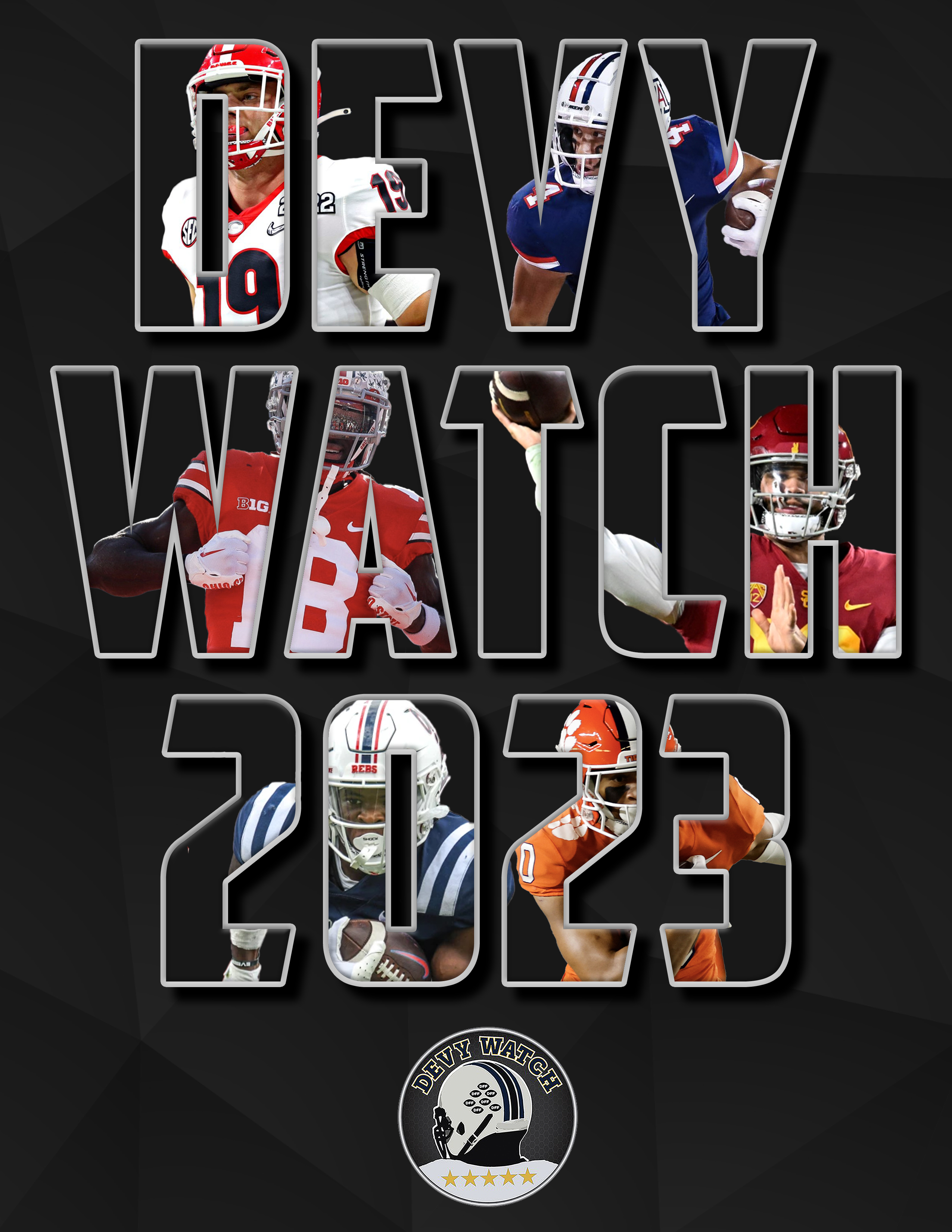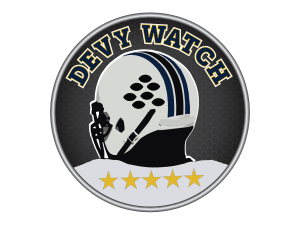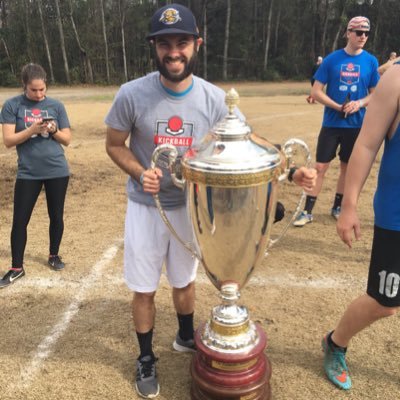Following offseason coaching changes is crucial when playing College Fantasy Football. Skill and talent are obviously important factors when projecting on-field production, but they’re not everything. Consider the fact that Calvin Johnson played his college ball at Georgia Tech from 2004 to 2006 and, despite having a successful college career, only surpassed 1,000 receiving yards once in a season. Was it that he didn’t have the requisite size, speed, or talent to be an elite producer at the college level? Clearly not — he’s a bonafide, legendary freak. Rather, Johnson is a prime example of how scheme and fit are crucial components in forecasting production.
This offseason, we’ll be looking at a few of the coaching changes from this hiring cycle that should have the largest impact on the field in 2022. I’ve selected the two most impactful changes of the cycle, in my opinion, as a jumping-off point.
Offensive Coordinator Zach Kittley, Texas Tech
Kittley made the jump from the FCS level to FBS a season ago when he arrived in Western Kentucky along with his starting quarterback, Bailey Zappe, and star wide receiver Jarreth Sterns, among a slew of other transfers. To say that the Houston Baptists transplants made a splash in their first season at the FBS level would be an understatement. The Hilltoppers went from a 5-7 record and scoring 19.0 points per game in 2020 to a C-USA championship game appearance thanks to a prolific offense that averaged 44.2 points per game — second in the country, behind only the Ohio State Buckeyes (ever heard of them?).
Zappe was a cheat code in CFF circles a season ago. He broke the single-season record for both passing yards (5,967) and passing TDs (62). Sterns won the wide receiver triple crown, leading the country in receptions (150), receiving yards (1,902), and tying Jordan Addison for the most receiving TDs (17). Receiver Mitchell Tinsley also won CFF owners several games, finishing with a top-5 at the position in half-PPR scoring with monster stats of 87 receptions, 1,402 yards, and 14 TDs.
While the performances of these individual players are to be lauded, a huge chunk of the credit is due to the offensive coordinator. Kittley returns to Lubbock, where he began his coaching career as a student assistant in 2013. He quickly progressed through the ranks in his first stint with the Red Raiders, going from an offensive intern to graduate assistant and assistant quarterbacks coach while overseeing the likes of Patrick Mahomes at the quarterback position.
Texas Tech is assured to get back to its Air Raid roots under the guidance of Kittley. The Hilltoppers averaged 49.8 passing attempts per game a season ago, second only to Mike Leach’s Mississippi State. With that elite volume, his starting quarterback is all but assured to be an elite producer. The problem is, it’s unclear who that will be. Donovan Smith and Tyler Shough are expected to be the two leaders in the clubhouse vying for the sought-after starting gig. Smith is a massive 6’5” 230lb dual-threat who saw limited playing time a year ago. He impressed against Iowa State in his first career start, completing 25 of 32 passes for 322 yards while tossing three touchdowns and one interception. He displayed his rushing ability, too, taking 14 attempts for 50 yards. How did he build upon this performance? With a measly outing against Oklahoma State in the very next game, completing only 9 of 29 passes for 83 yards. He showed promise in year one although the ups and downs are worrying. Shough, a transfer from Oregon, was the starter a season ago before suffering a broken clavicle. He transferred from Eugene and had some strange buzz as a potential first-round draft pick, but has mostly underwhelmed at both Oregon and Texas Tech while accumulating a 19:9 touchdown to interception ratio.
Both Smith and Shough have been going off the board in the top-15 rounds of early offseason CFF best balls that I’ve been participating in. Their price has steadily been rising, with both getting snatched off the board at the Rounds 7-8 turn in the most recent draft. One of them will likely return elite production, but it’s unclear just who that will be at this time. I’ve never been a fan of Shough and the hype surrounding his name the last two years never showed up on tape. I don’t view him as an ideal fit for Kittley’s scheme. Smith seems to have the most potential due to his arm and rushing ability, although accuracy is a huge question mark. They’re both expensive and high variance but it’s a distinct possibility one of them finished within the top-10 at the position. It’s a bit too pricey for my liking considering that you have to spend two separate picks within the first 10 rounds to secure their production. One flier to consider in the last rounds is a third quarterback on the roster, Behren Morton. The redshirt freshman is the least experienced of the group and therefore a longshot to win the job, but he was a semifinalist for the 2020 Mr. Texas Football award and a four-star prospect. He enrolled early a season ago and despite his lack of experience might be the best fit in this offense.
The wide receivers will be highly valuable in this scheme. Junior Myles Price appears to be the anticipated heir-apparent of Sterns in the CFF world, going as high as the second round in a recent best ball draft. Price impressed as a sophomore a year ago despite accumulating only 506 yards and 2 TDs. Per PFF, Sterns lined up in the slot 92.9% of the time. Price seems likely to inherit that coveted slot role in Kittley’s offense after leading the Red Raiders in snaps from the slot a year ago and lining up in that alignment 91.6% of the time. I happily selected Price in the eighth round of my first mock draft of the offseason, but his price (wink) has steadily been on the rise since. He’s probably worth that cost with tremendous potential in this scheme.
As for who steps into the Tinsely role on the outside, it’s anyone’s guess. Sophomore Jerand Bradley, a 6’5” receiver who drew positive reviews last offseason after enrolling as a four-star recruit, is one of my favorite fliers to step into the role. He played sparingly a year ago but there is a void on the outside following Erik Ezukanma’s departure to the NFL. He’s likely a boom or bust selection, and one that I’ve chosen to take in the 18th and 21st rounds in two recent best balls. Other options to take over a prominent role on the outside include Loic Fouonji, Trey Cleveland, and J.J. Sparkman. Fouonji and Cleveland have played sparingly in their first two years on campus, while Sparkman is oozing potential as a big-play threat on the outside with his 6’4” frame. Bradley is my preferred option of the bunch in both dynasty and redraft, while Sparkman seems like a worthy add in all dynasty formats and a possible late-round redraft flier.
Offensive Coordinator Eric Morris, Washington State
Eric Morris also has Air Raid bonafide and a Texas Tech background, having both played wide receiver for the Red Raiders and being an assistant coach at Washington State under Mike Leach. He was most recently the head coach of FCS school Incarnate Word from 2018 to 2021, where he installed his version of the Air Raid to much success. The Cardinals averaged 39 points per game in 2021, throwing for 360 yards per game while lighting up the scoreboard.
It’s anticipated to be a welcome return to the Air Raid in Pullman, where the Cougars struggled through two awkward years transitioning to Nick Rolovich’s Run and Shoot. Jake Dickert was promoted from defensive coordinator to interim head coach following Rolovich’s unceremonious mid-season firing and was retained for a full-time gig starting this season. He’ll bring in Morris to run the offense, which incorporates Air Raid, RPO, and traditional spread concepts.
Morris brought along his quarterback from Incarnate Word, Cameron Ward. Ward is expected to be a CFF producer right from the get-go and will need to be taken with an early-round selection in most CFF drafts if you hope to employ his services. His price has steadily been rising in early off-season CFF best ball drafts that I’ve been a part of, most recently being selected as high as the 4th round (46th overall). Ward won the Jerry Rice Award as the FCS’s most outstanding freshman his first season on campus, then exploded for 4,468 passing yards and 47 touchdowns as a sophomore. He’ll be playing in the same offense with Morris in his jump to the PAC-12, where he should continue to put up gaudy stats in this pass-first offense. Incarnate Word’s passing rate in 2021 was just a shade under 60%, which would’ve ranked 8th in the FBS. The Cardinals were playing with the lead for several games, so it’s possible that the passing rate increased in Morris’s first year in the PAC-12.
As our very own Brad McDaniel pointed out in his Devy Profile of Ward last month, Ward is a late-blooming prospect who played in a Wing-T offense in high school.
“Ward is from Texas. He was an unranked high school recruit with offers from Texas Southern and Incarnate Word. He was overlooked because there wasn’t much proof of him throwing the football thanks to a Wing-T offense. In fact, he quit football to focus on basketball as a sophomore in high school because he believed he’d earned the right to compete for the starting QB job but was told he’d be playing JV. It’s documented that his parents convinced him to go to the first day of practice and see how he felt, and he ended up sticking with it. He stuck with basketball too and ended up as the all-time leading scorer in West Columbia, Texas history. Ward told 247sports that he only threw the ball 233 times in high school, his team didn’t run more than 10 plays, and there weren’t any progressions on the pass plays in their offense.”
His progression from forgotten Wing-T quarterback to FCS leader in touchdown passes in the span of a few years is truly remarkable. It’s not out of the question that his improvement has just started. He’s a high-upside player and is being drafted appropriately. If he slips into the eighth round, there’s a high probability that your league-mates are unprepared for their draft. Don’t let it happen.
For a former Wing-T quarterback, Ward doesn’t like to run much. He’s attempted 115 rushes over two seasons, resulting in a grand total of 63 yards and three scores. He doesn’t show a ton of speed on tape, so while moderate improvement is possible, I’m not waiting around.
The Cardinals actually used 12 personnel a fair amount, which is concerning considering that tight end was an afterthought at Washington State under Rolovich. Apparently, they’re desperately scrambling to fill the roster with capable tight ends. The most recent report I saw included a fun tidbit that former linebacker Moon Ashby will be transitioning to tight end. I felt like including that just so that I could type the name Moon Ashby. Anyway, good luck at that position, Wazzu.
The running back room is also thin after the departure of Massimiliano Borghi (apparently he goes by Max?) and Deon McIntosh. They lost four contributors along the offensive line who combined for 101 starts. It’s a good sign that new offensive line coach Clay McGuire coached with Leach at Texas Tech and is therefore familiar with the system. It’s often a big change for lineman and the Air Raid requires a particular type of lineman, things that are usually parsed out in recruiting — perhaps there are still some linemen on campus familiar with the scheme from the Leach tenure? Still, the line, running back, and tight end concerns have me down on this running game. This could lead to more passing work for Ward. Wisconsin transfer Nakia Watson is expected to be RB1 and this offense could score a lot of points, but I’m still not super bullish on his outlook. He went undrafted over 28 rounds in my most recent best ball draft. If a talented running back pops behind him, there could be CFF potential down the road, but I don’t see an obvious answer on this roster.
Wide receiver is a position in this offense you’ll want to look at for CFF. Leading receivers Calvin Jackson, Jr. and Travell Harris are both gone from a year ago, vacating 201 targets and 142-1789-16 production. De’Zhaun Stribling was the third leading receiver, popping as a freshman for 44-470-5. He looked the part on tape and drew rave reviews in camp a season ago, so the sky’s the limit. Renard Bell returns as a seventh-year (!!!) senior after missing last season with an ACL injury. He’s been a long-time producer for this program, accumulating 147-1656-16 in his career. Reports are that he’s practicing in very limited fashion and spring and should be good to go for the Fall. Stribling went Round 7 and Bell went Round 11 in my most recent best ball, which seems like a fair price for both. I like Stribling’s upside and will aim to own him a fair amount, although the cost isn’t discounted. Taylor Grimes led Incarnate Word with 91-1205-16 in 2021 while operating primarily outside, where Stribling played 94.8% of the time a year ago. Donovan Ollie is also around and should factor into the equation, and can be had as a late-round flier. Incarnate Word didn’t run a lot of four-wide sets, so my interest for 2022 mainly stops there. I’ll be monitoring camp reports closely to see if any wide receiver names pop, as this is an offense worth gambling on for dynasty settings.










